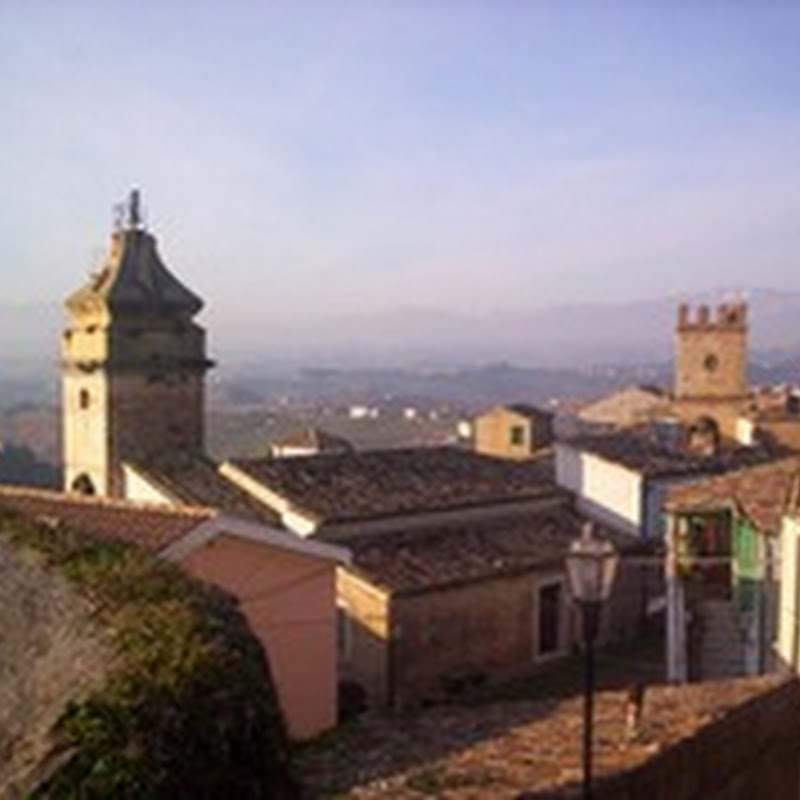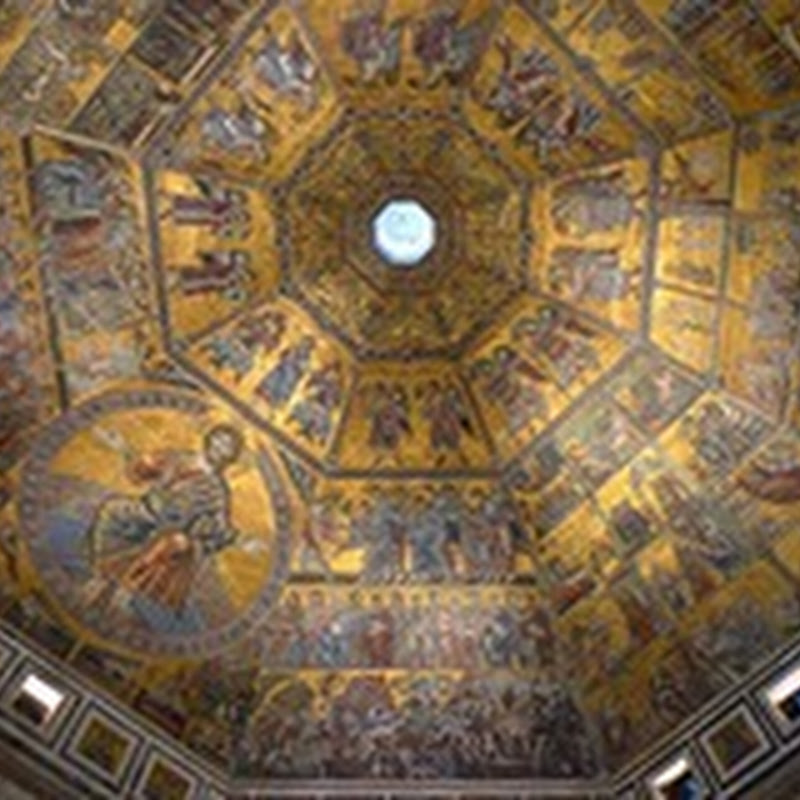1.- Unesco Italy sites proposed: Archipelago of La Maddalena and Islands of Bocche di Bonifacio.
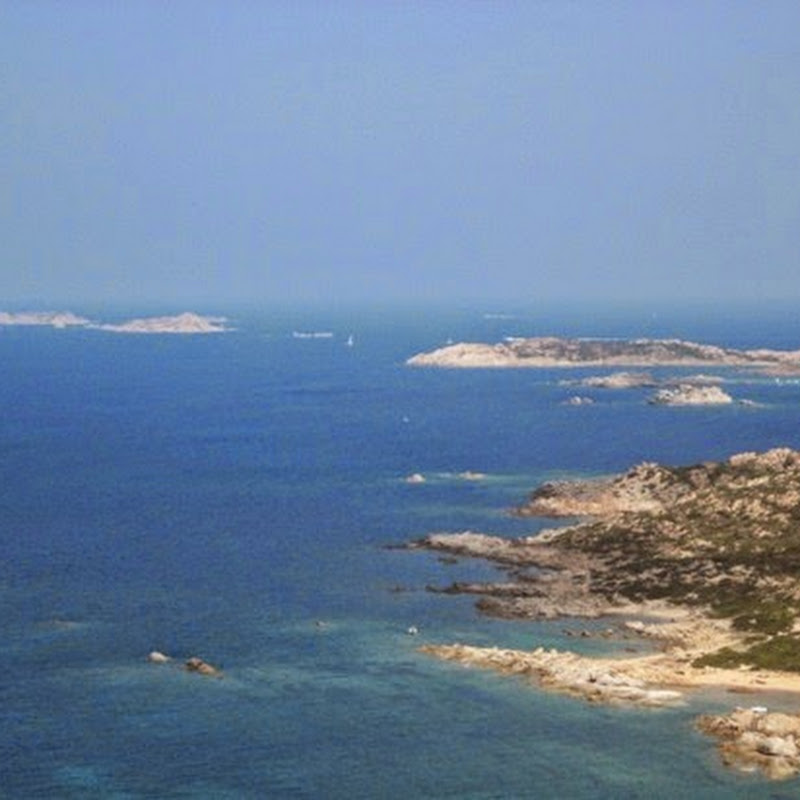
The Archipelago of “La Maddalena” encloses seven main islands - Maddalena, Caprera and Santo Stefano in the South East, while Spargi, Budelli, Razzoli and Santa Maria are in the North western area - and 55 little islets. The entire area is included in the national park of the archipelago of La Maddalena (established in 1994) which manages the above mentioned park and its surface of 5100 hectares.
2.- Unesco Italy sites proposed: Arab-Norman Palermo and the cathedral churches of Cefalù’ and Monreale.
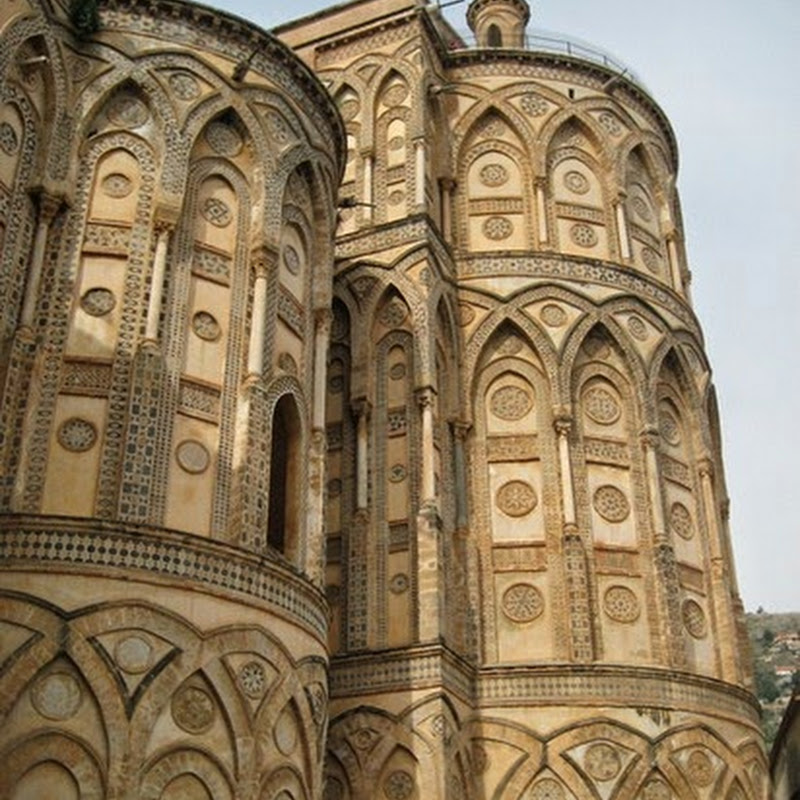
The site denominated 'Arab-Norman Palermo and the cathedral churches of Cefalù and Monreale' is a collection of monuments with a decorative apparatus of mosaics, paintings and sculptures that resulted from a socio-cultural syncretism which, during the period of Norman domination (1071-1194), gave birth to an extraordinary artistic and architectural heritage of outstanding value. Historic,
3.- Unesco Italy sites proposed: Romanesque Cathedrals in Puglia.
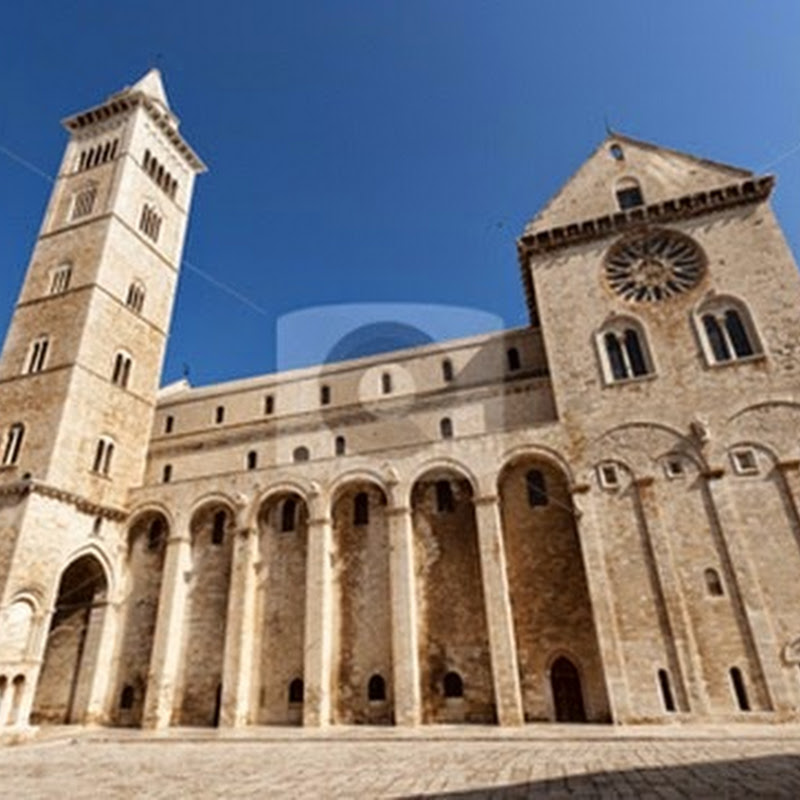
Ever since ancient times, Puglia, thanks to this land's particular nature and geographical position, has been an essential link between continental Europe and the ancient civilizations that developed on the Eastern shores of the Mediterranean. Between the 11th and the 13th centuries, when this role was particularly significant, it produced great achievements that marked the history, culture
4.- Santa Maria delle Grazie is a church and Dominican convent in Milan.
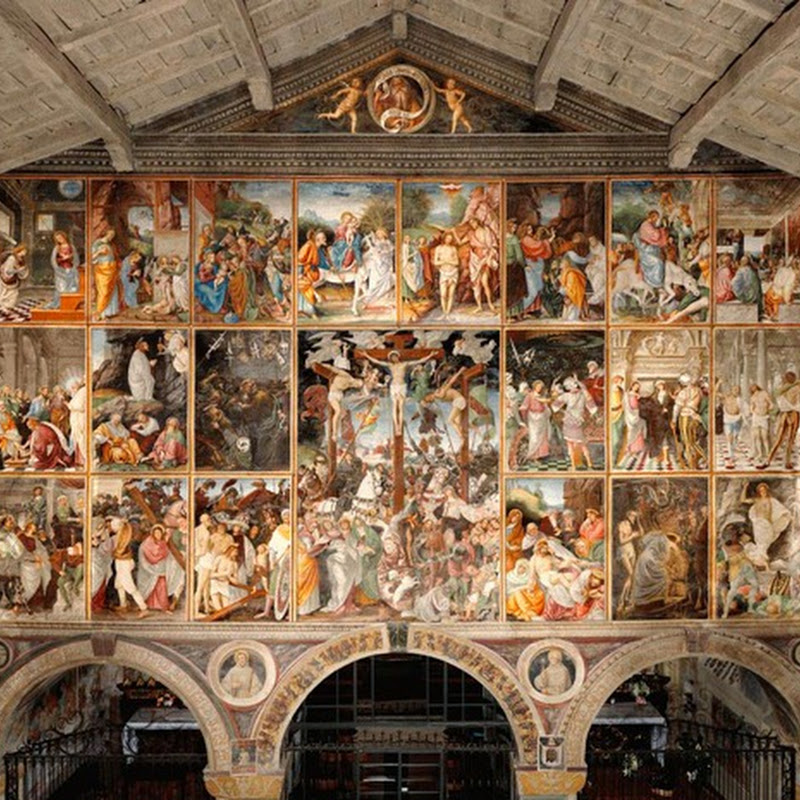
Santa Maria delle Grazie ("Holy Mary of Grace") is a church and Dominican convent in Milan, northern Italy, included in the UNESCO World Heritage sites list. The church contains the mural of The Last Supper by Leonardo da Vinci, which is in the refectory of the convent. he Duke of Milan Francesco I Sforza ordered the building of a Dominican convent and a church in the place where a small chapel
5.- Italy Photo Gallery: Top 10 most popular articles in February 2014.

1.- Lake Preola a hidden treasure to protect, enhance and promote. To find a treasure must be sought if you want to see the Natural Reserve of Lake Preola and Gorghi Tondi, you need to bring. When you least expect it, nestled in a valley that subtracts from prying eyes, here it looks like: a series of small lakes which together cover an area of 335 hectares from Mazara del Vallo goes towards
6.- Lake Preola a hidden treasure to protect, enhance and promote.

To find a treasure must be sought if you want to see the Natural Reserve of Lake Preola and Gorghi Tondi, you need to bring. When you least expect it, nestled in a valley that subtracts from prying eyes, here it looks like: a series of small lakes which together cover an area of 335 hectares from Mazara del Vallo goes towards Tower Granitola remaining parallel to the coast for about 1 km
7.- Integral Nature Reserve "Grotta di Santa Ninfa" high speleological interest, geomorphological and natural beauty.
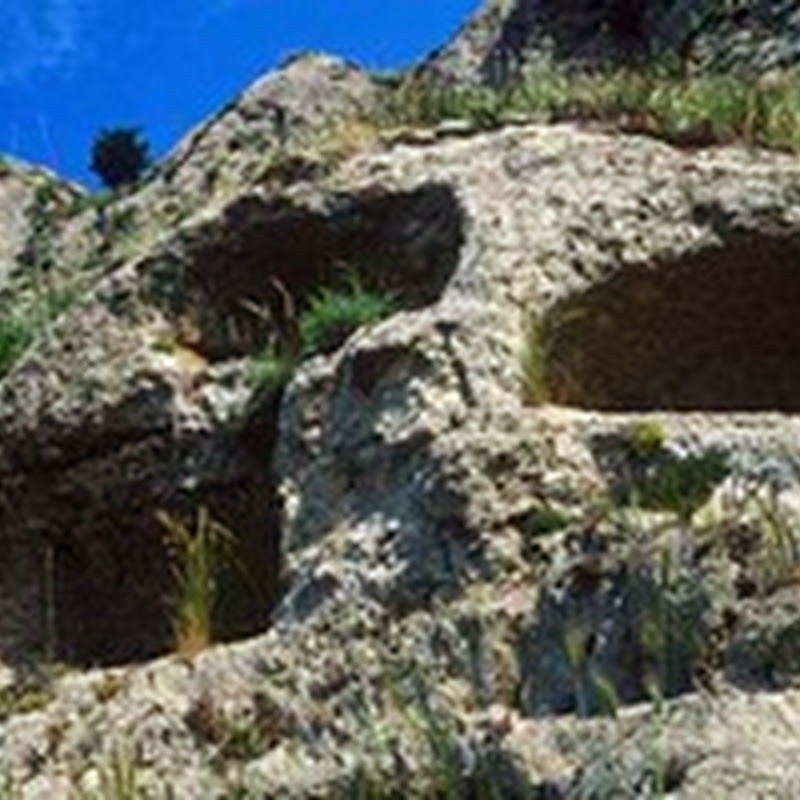
Tall and white rocks marked by grooves perpendicular to emerge among the green of the valley adorned with the usual culture of this corner of Sicily are the karren, grooves molded by the slow action of the rain. And then a karst landscape and chalky, uneven and sculpted by time, the fact of sinkholes and blind valleys: is the area of preriserva, extending for about 150 acres, which spreads
8.- Italy Photo Gallery: Top 10 most popular articles in January 2014.
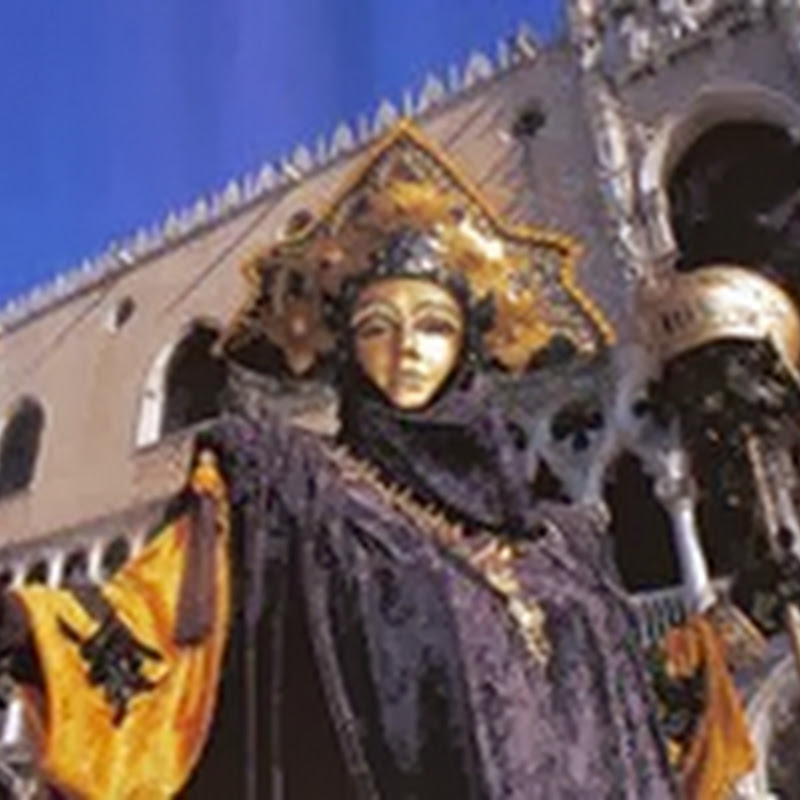
1.- How does the "Venice system"? Venice is a city in northeastern Italy sited on a group of 118 small islands separated by canals and linked by bridges. It is located in the marshy Venetian Lagoon which stretches along the shoreline, between the mouths of the Po and the Piave Rivers. Venice is renowned for the beauty of its setting, its architecture and its artworks. The city in its entirety
9.- Italy Photo Gallery: Top 10 most popular articles in December 2013.

1.- How does the "Venice system"? Venice is a city in northeastern Italy sited on a group of 118 small islands separated by canals and linked by bridges. It is located in the marshy Venetian Lagoon which stretches along the shoreline, between the mouths of the Po and the Piave Rivers. Venice is renowned for the beauty of its setting, its architecture and its artworks. The city in its entirety
10.- How does the "Venice system"?

Venice is a city in northeastern Italy sited on a group of 118 small islands separated by canals and linked by bridges. It is located in the marshy Venetian Lagoon which stretches along the shoreline, between the mouths of the Po and the Piave Rivers. Venice is renowned for the beauty of its setting, its architecture and its artworks. The city in its entirety is listed as a World Heritage Site

The Archipelago of “La Maddalena” encloses seven main islands - Maddalena, Caprera and Santo Stefano in the South East, while Spargi, Budelli, Razzoli and Santa Maria are in the North western area - and 55 little islets. The entire area is included in the national park of the archipelago of La Maddalena (established in 1994) which manages the above mentioned park and its surface of 5100 hectares.
2.- Unesco Italy sites proposed: Arab-Norman Palermo and the cathedral churches of Cefalù’ and Monreale.

The site denominated 'Arab-Norman Palermo and the cathedral churches of Cefalù and Monreale' is a collection of monuments with a decorative apparatus of mosaics, paintings and sculptures that resulted from a socio-cultural syncretism which, during the period of Norman domination (1071-1194), gave birth to an extraordinary artistic and architectural heritage of outstanding value. Historic,
3.- Unesco Italy sites proposed: Romanesque Cathedrals in Puglia.

Ever since ancient times, Puglia, thanks to this land's particular nature and geographical position, has been an essential link between continental Europe and the ancient civilizations that developed on the Eastern shores of the Mediterranean. Between the 11th and the 13th centuries, when this role was particularly significant, it produced great achievements that marked the history, culture
4.- Santa Maria delle Grazie is a church and Dominican convent in Milan.

Santa Maria delle Grazie ("Holy Mary of Grace") is a church and Dominican convent in Milan, northern Italy, included in the UNESCO World Heritage sites list. The church contains the mural of The Last Supper by Leonardo da Vinci, which is in the refectory of the convent. he Duke of Milan Francesco I Sforza ordered the building of a Dominican convent and a church in the place where a small chapel
5.- Italy Photo Gallery: Top 10 most popular articles in February 2014.

1.- Lake Preola a hidden treasure to protect, enhance and promote. To find a treasure must be sought if you want to see the Natural Reserve of Lake Preola and Gorghi Tondi, you need to bring. When you least expect it, nestled in a valley that subtracts from prying eyes, here it looks like: a series of small lakes which together cover an area of 335 hectares from Mazara del Vallo goes towards
6.- Lake Preola a hidden treasure to protect, enhance and promote.

To find a treasure must be sought if you want to see the Natural Reserve of Lake Preola and Gorghi Tondi, you need to bring. When you least expect it, nestled in a valley that subtracts from prying eyes, here it looks like: a series of small lakes which together cover an area of 335 hectares from Mazara del Vallo goes towards Tower Granitola remaining parallel to the coast for about 1 km
7.- Integral Nature Reserve "Grotta di Santa Ninfa" high speleological interest, geomorphological and natural beauty.

Tall and white rocks marked by grooves perpendicular to emerge among the green of the valley adorned with the usual culture of this corner of Sicily are the karren, grooves molded by the slow action of the rain. And then a karst landscape and chalky, uneven and sculpted by time, the fact of sinkholes and blind valleys: is the area of preriserva, extending for about 150 acres, which spreads
8.- Italy Photo Gallery: Top 10 most popular articles in January 2014.

1.- How does the "Venice system"? Venice is a city in northeastern Italy sited on a group of 118 small islands separated by canals and linked by bridges. It is located in the marshy Venetian Lagoon which stretches along the shoreline, between the mouths of the Po and the Piave Rivers. Venice is renowned for the beauty of its setting, its architecture and its artworks. The city in its entirety
9.- Italy Photo Gallery: Top 10 most popular articles in December 2013.

1.- How does the "Venice system"? Venice is a city in northeastern Italy sited on a group of 118 small islands separated by canals and linked by bridges. It is located in the marshy Venetian Lagoon which stretches along the shoreline, between the mouths of the Po and the Piave Rivers. Venice is renowned for the beauty of its setting, its architecture and its artworks. The city in its entirety
10.- How does the "Venice system"?

Venice is a city in northeastern Italy sited on a group of 118 small islands separated by canals and linked by bridges. It is located in the marshy Venetian Lagoon which stretches along the shoreline, between the mouths of the Po and the Piave Rivers. Venice is renowned for the beauty of its setting, its architecture and its artworks. The city in its entirety is listed as a World Heritage Site
If you liked this article, subscribe to the feed by clicking the image below to keep informed about new contents of the blog:





